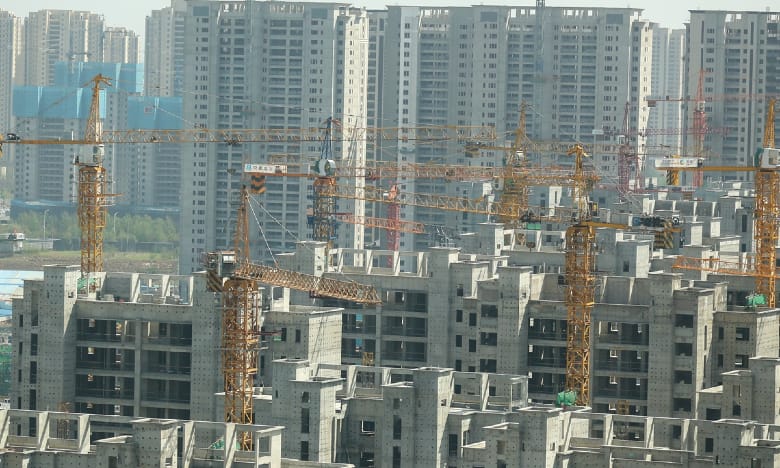
China’s housing recovery is still a work in progress
China’s property slump could extend into 2027 with a further 10 percent decline in home prices, as policymakers remain cautious about easing measures, according to a Goldman Sachs report released on Wednesday.
Drawing on precedents from 21 major housing busts across 15 economies globally since the 1960s, the US investment bank found that downturns typically involved a median property price drop of 30 percent over a six-year period.
China’s home prices have fallen by about 20 percent from their peak in the fourth quarter of 2021, and will likely see another 10 percent drop before stabilising around 2027 if the current crash follows the pattern found in Goldman’s research, the report said.
“Given the durability of housing stock and stickiness of house prices, it may take years for housing busts to finally find a bottom,” said Goldman Sachs analysts including Hui Shan, the bank’s chief China economist.
Caution Crimps Recovery
China’s housing slump began four years ago after the government cracked down on debt among developers and enacted policies to control a housing bubble. Market conditions were further aggravated by Covid-19 lockdowns in 2022.

Hui Shan and the Goldman Sachs team see risks in China’s cautious policies
Despite a modest recovery early this year, renewed weakness has emerged with both prices and activity sliding in recent months. In May new home prices in China declined at the steepest pace in seven months, official data showed.
New property starts have fallen by about 75 per cent from their peak in 2021, while sales were down by more than 50 percent over about the same period as of May, Goldman Sachs noted.
Unlike housing slumps in other economies which governments typically met with aggressive interest-rate cuts and extensive fiscal stimulus, China’s approach has been much more conservative, the bank noted. Goldman Sachs attributed this caution to Beijing’s efforts to reduce developer leverage, housing speculation and local government debt, as well as external constraints including global rate hikes and dollar strengthening.
The bank warned that without sufficient policy easing, the housing downturn could weigh on consumer confidence, dampen investment in the private sector and cause prolonged deflation.
“More policy easing remains necessary to prevent the housing downturn from causing entrenched demand weakness, though political willingness rather than capacity usually poses the main constraint,” Goldman Sachs said.
Demand to Stay 75% Below Peak
In a separate report released last week, the bank forecast that demand for new urban homes in China during the coming years will likely remain at 75 percent below the market’s 2017 peak, due to falling population, slowing urbanisation, and declining interest in property investment in light of falling prices.
“Falling population and slowing urbanisation suggest decreasing demographic demand for housing,” said the report. “Investment demand in China could turn negative as owners sell vacant apartments,” the bank added.
As a result of these shifts, demand for new homes in Chinese cities will likely stay slightly below 5 million units per year over the next few years, which is substantially below the 2017 peak of 20 million units.
With the expectation of property appreciation falling, holders of homes for investment purposes are likely to be net sellers for the foreseeable future, with Goldman Sachs anticipating a total of 25 million units of vacant home disposals in the coming two decades.

Leave a Reply